## Reviving the X-30: A Next-Generation Hypersonic Spaceplane for the Future of Air Travel and Space Exploration
### Introduction
The X-30, a revolutionary Mach 25 spaceplane proposed in the 1980s, was a visionary concept aimed at transforming commercial air travel and space exploration. Although the project was canceled due to its ambitious scope, advancements in technology over the past few decades have made it possible to revisit and enhance this design. This concept, dubbed X-30 Nova, seeks to revive and expand upon the original idea, leveraging cutting-edge materials, advanced propulsion systems, and innovative design principles to create a hypersonic spaceplane that can efficiently replace the Space Shuttle and pave the way for a new era in air travel and space exploration.
### Design Overview
The X-30 Nova is a multi-layered, dimensional spaceplane design that integrates a range of advanced technologies to optimize space usage, aerodynamics, and functionality. The aircraft's sleek, aerodynamic shape is crafted from lightweight, high-strength materials such as carbon fiber reinforced polymers (CFRP) and titanium alloys.
#### **Main Components:**
* **Cockpit and Flight Deck:** The cockpit features an advanced, ergonomically designed flight deck with a 360-degree panoramic view, providing pilots with enhanced situational awareness. The flight deck is equipped with state-of-the-art avionics, including touchscreens, heads-up displays, and advanced navigation systems.
* **Cabin and Passenger Area:** The spacious cabin is divided into three main sections: a forward passenger compartment, a mid-cabin storage area, and an aft section dedicated to cargo and utility storage. The cabin is pressurized to accommodate passengers comfortably during subsonic and supersonic flight phases.
* **Propulsion System:** The X-30 Nova is powered by a hybrid propulsion system, combining a high-efficiency, low-emission gas turbine engine for subsonic flight with a scramjet engine for hypersonic operation. The scramjet engine, fueled by a combination of hydrogen and advanced, high-energy-density fuels, enables the spaceplane to achieve speeds of up to Mach 25.
* **Thermal Protection System (TPS):** The TPS consists of a multi-layered, ceramic-based system that protects the spaceplane from extreme temperatures during hypersonic flight. This system features advanced materials with high thermal resistance, low weight, and excellent durability.
### Multi-Layered Dimensional Design
The X-30 Nova incorporates a multi-layered, dimensional design that enables efficient use of space while maintaining structural integrity and aerodynamic performance. The design features:
* **Inner Hull:** A lightweight, pressurized inner hull that provides a comfortable environment for passengers and crew.
* **Outer Hull:** A durable, aerodynamic outer hull that withstands the stresses of hypersonic flight.
* **Interlayer:** A thin, insulating interlayer that separates the inner and outer hulls, providing thermal protection and reducing noise transmission.
### Performance and Safety Features
The X-30 Nova boasts an impressive array of performance and safety features, including:
* **Advanced Flight Control System:** A sophisticated fly-by-wire system that provides precise control and stability throughout the flight envelope.
* **Emergency Oxygen System:** A redundant oxygen system that ensures a reliable supply of breathable air in emergency situations.
* **Advanced Avionics:** A suite of advanced avionics that provides real-time monitoring and control of critical systems.
### Sustainability and Environmental Impact
The X-30 Nova is designed with sustainability and environmental responsibility in mind:
* **Low-Emission Propulsion:** The hybrid propulsion system minimizes emissions and reduces environmental impact.
* **Recyclable Materials:** The use of recyclable materials and sustainable production methods minimizes waste and reduces the spaceplane's carbon footprint.
### Comparison to the Original X-30 and Artemis Programs
The X-30 Nova represents a significant advancement over the original X-30 concept, incorporating cutting-edge technologies and design principles to create a more efficient, sustainable, and capable spaceplane. Compared to the Artemis program's focus on lunar exploration, the X-30 Nova prioritizes the development of a reusable, hypersonic spaceplane for commercial air travel and space exploration.
### Technical Specifications
* **Length:** 85 meters (278.9 feet)
* **Wingspan:** 25 meters (82 feet)
* **Height:** 12 meters (39.4 feet)
* **Empty Weight:** 55,000 kg (121,254 lbs)
* **Maximum Takeoff Weight:** 250,000 kg (551,155 lbs)
* **Cruise Speed:** Mach 25 (30,000 km/h or 18,641 mph)
* **Range:** 18,000 km (11,185 miles)
### Conclusion
The X-30 Nova is a revolutionary hypersonic spaceplane design that leverages advanced technologies to create a sustainable, efficient, and capable vehicle for commercial air travel and space exploration. By reviving and enhancing the original X-30 concept, this design offers a promising solution for replacing the Space Shuttle and realizing President Reagan's vision of a "new Orient Express" for the 21st century.
 Insanely fast. I tried 3 other 'free' tools that all failed or asked for my email at the last second. PDFClean just worked and that’s why I made it public
Insanely fast. I tried 3 other 'free' tools that all failed or asked for my email at the last second. PDFClean just worked and that’s why I made it public
 Transform your images with AI — effortlessly enhance, edit, or reimagine any picture using advanced image-to-image generation. Perfect for creatives, designers, and anyone looking to bring visual ideas to life.OpenNot at all accurate…. The only thing similar between original and generated images were the clothes and accessories… face was absolutely new and unconnected.
Transform your images with AI — effortlessly enhance, edit, or reimagine any picture using advanced image-to-image generation. Perfect for creatives, designers, and anyone looking to bring visual ideas to life.OpenNot at all accurate…. The only thing similar between original and generated images were the clothes and accessories… face was absolutely new and unconnected.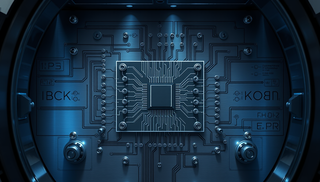
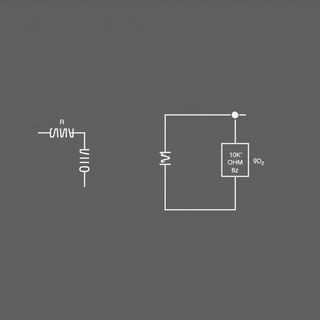
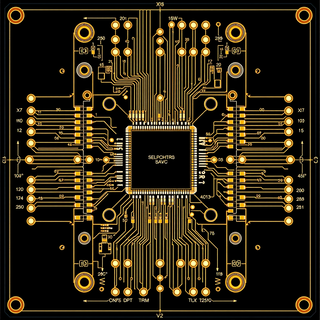
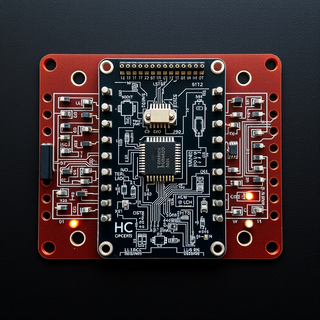


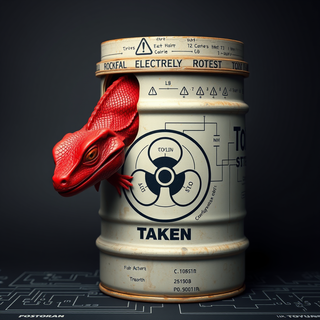
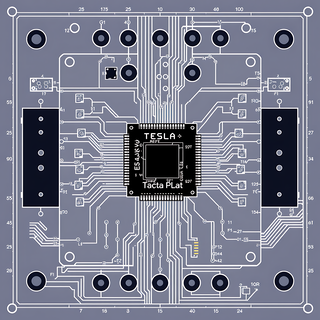
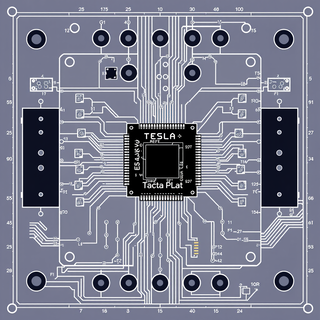














































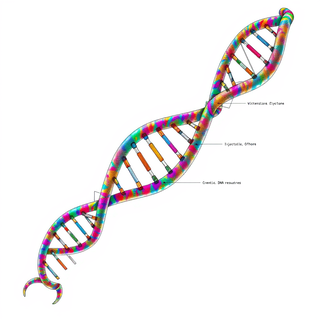







































































































































How would you rate Citizen of Marsamerican?
Help other people by letting them know if this AI was useful.